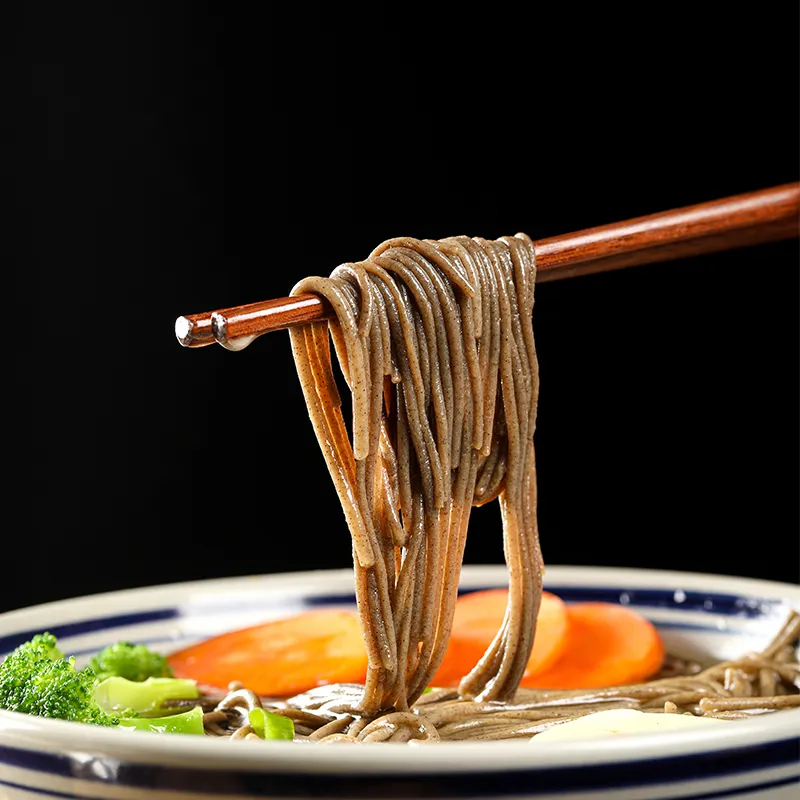what's the difference between egg noodles and pasta
The Difference Between Egg Noodles and Pasta
When it comes to discussing different types of noodles and pasta, many people often find themselves puzzled by the similarities and differences between egg noodles and traditional pasta. Both are versatile, delicious, and used in a variety of cuisines around the world. However, understanding the distinctions between them can enhance your culinary experiences and help you make more informed choices in the kitchen.
Ingredients and Composition
At the core of the difference between egg noodles and pasta lies their ingredients. Egg noodles are typically made from wheat flour, water, and eggs. The presence of eggs gives these noodles a rich, yellow color and a more pronounced flavor compared to regular pasta. The inclusion of eggs also contributes to a softer texture, which makes egg noodles particularly delightful in soups, casseroles, or served with creamy sauces.
On the other hand, traditional pasta is generally made from durum wheat semolina and water, without any eggs. This type of pasta can come in various shapes and sizes, such as spaghetti, penne, lasagna, and farfalle, and is often characterized by its pale yellow color. Given its lack of eggs, traditional pasta tends to have a firmer texture and a slightly less complex flavor compared to egg noodles.
Cooking Techniques
When it comes to cooking, egg noodles and pasta also differ significantly. Egg noodles usually cook faster than regular pasta, taking just 3 to 5 minutes to become tender. This makes them a convenient option for quick meals. It's important to keep a close eye on them while cooking, as overcooking can lead to a mushy texture.
In contrast, traditional pasta typically requires around 8 to 12 minutes to cook al dente, depending on the type and thickness. Al dente, which translates to to the tooth in Italian, means that the pasta is cooked until it is firm to the bite. This texture is particularly desirable in Italian cuisine, where the pasta is often paired with hearty sauces and added ingredients.
what's the difference between egg noodles and pasta

Cultural and Culinary Uses
Culinary traditions around the world often dictate how egg noodles and pasta are utilized. Egg noodles are a staple in many Asian cuisines, including Chinese and Japanese dishes, where they are commonly found in stir-fries, soups, and salads. Dishes like lo mein and chow mein are famous examples where egg noodles take the spotlight, showcasing their ability to absorb flavors and seasonings beautifully.
Conversely, traditional pasta is synonymous with Italian cuisine and is a fundamental ingredient in countless dishes ranging from pasta primavera to spaghetti Bolognese. The wide variety of pasta shapes allows for different sauces to cling effectively, enhancing the overall eating experience. Whether it's served with a rich ragu, a light olive oil dressing, or in a baked casserole, pasta plays a central role in Italian meals.
Nutritional Differences
From a nutritional standpoint, the differences also emerge when comparing egg noodles and traditional pasta. Egg noodles tend to have a higher protein and fat content due to the eggs, which may appeal to those looking to increase their nutrient intake. However, traditional pasta usually offers a higher fiber content, especially if made from whole grain or whole wheat flour. Each type can fit into a balanced diet, but the choice often depends on individual dietary needs and preferences.
Conclusion
In summary, while egg noodles and traditional pasta share some common ground, they are distinctly different in terms of ingredients, cooking techniques, cultural uses, and nutritional profiles. Egg noodles, with their rich flavor and soft texture, shine in various Asian dishes, while traditional pasta boasts a firmer texture that pairs well with Italian sauces. Understanding these differences can help you choose the right noodle or pasta for your dish, allowing you to explore a world of flavors and culinary traditions. Whether you prefer the comforting embrace of egg noodles in a warming soup or the satisfying bite of al dente pasta in a classic Italian meal, both options have something unique to offer in your culinary repertoire.
-
Is Whole Wheat Pasta Healthy?NewsMay.30,2025
-
Are Soba Noodles Good for Weight Loss?NewsMay.30,2025
-
Are Buckwheat Soba Noodles Healthy?NewsMay.30,2025
-
Are Buckwheat Soba Noodles Gluten Free?NewsMay.30,2025
-
Are Buckwheat Noodles Good for You?NewsMay.30,2025
-
A Healthy Way to Savor Soba and Spicy FlavorsNewsMay.30,2025
-
What Are Lanzhou Noodles?NewsMay.30,2025
Browse qua the following product new the we

















































































































